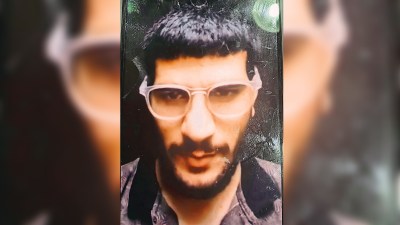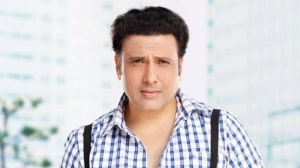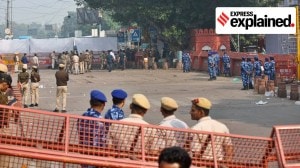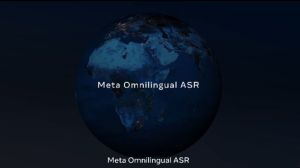IIT prof uses education to bridge Indias divides
Tripathi,64,retired recently but will continue to teach at IIT Delhi until July.
A session on Oscillations and Waves followed by a three-hour lecture on Electromagnetic Waves and Plasma Confinement wouldnt normally be the kind of event to fill up a college hall,leaving not even standing space.
Thats what did happen at Azamgarhs Shibli National College on December 7,when 400 students packed in for these physics sessions by IIT Delhi professor Vipin Tripathi and Banaras Hindu Universitys Ram Gopal.
According to Tripathi,who has a Ph D on Interaction of Electromagnetic Waves in Gaseous and Soild State Plasmas,it proved once again a theory he has been putting into application. That education,which doesnt cost too much,can bridge the caste,class and sectarian inequalities that continue to plague India.
It was the fifth year that such physics lectures were organised at the co-educational college,which had been founded by Islamist educationist and scholar Shibli Nomani in 1883. Tripathi says that while Azamgarh may be associated with crime and terror now,all he has ever found at the college is boundless enthusiasm.
There was no place to even stand at the lectures (on December 7) and they stayed crammed in the room to listen and absorb whatever they could. I was stirred,especially by the girls who were so sharp, Tripathi said.
Tripathi,64,retired recently but will continue to teach at IIT Delhi until July. He has also taught at the University of Maryland,and had short teaching stints at General Atomic and University of Denver in the US,at the Institute of General Physics in Moscow,and at the Max Planck Institute in Germany.
It was in 1989,however,that he found his true calling,Tripathi says. Moved by the Bhagalpur riots and the spreading Ramshila pujan movement,he was drawn towards looking at how healing could be effected in society.
His Sadbhav Mission NGO has since then striven to use education to break through divides and has been conducting lectures and workshops in riot-affected areas,which are also the most deprived. The most recent work for which Tripathi has been in the news has been with riot victims in Ahmedabads Muslim ghetto of Juhapura. His efforts have helped get the victims a functional government school.
I have a friend in the US who has a sandwich shop,and it was from him in 2007 that I learnt about Juhapura,Pandharwada and how the Gujarat riots were continuing to keep the communal divide alive, he says.
That year,he held a mathematics workshop in Godhra,with 500 Hindu and 500 Muslim school students together. The response,their engagement,the teacher training we did,all alerted me to this tool I need to use to bridge distances. Education as a healer and as a liberator was the way forward with youngsters,I concluded.
His Azamgarh workshops too have been a success,and Tripathi sees the thirst for his classes as proof that the past can be put behind.
Tripathis next stop will be Assam,with the Sadbhav Mission Patrika,in its 23rd volume now,talking of the violence in the state leaving peoples life disrupted and schools and classes disrupted.



- 01
- 02
- 03
- 04
- 05




























